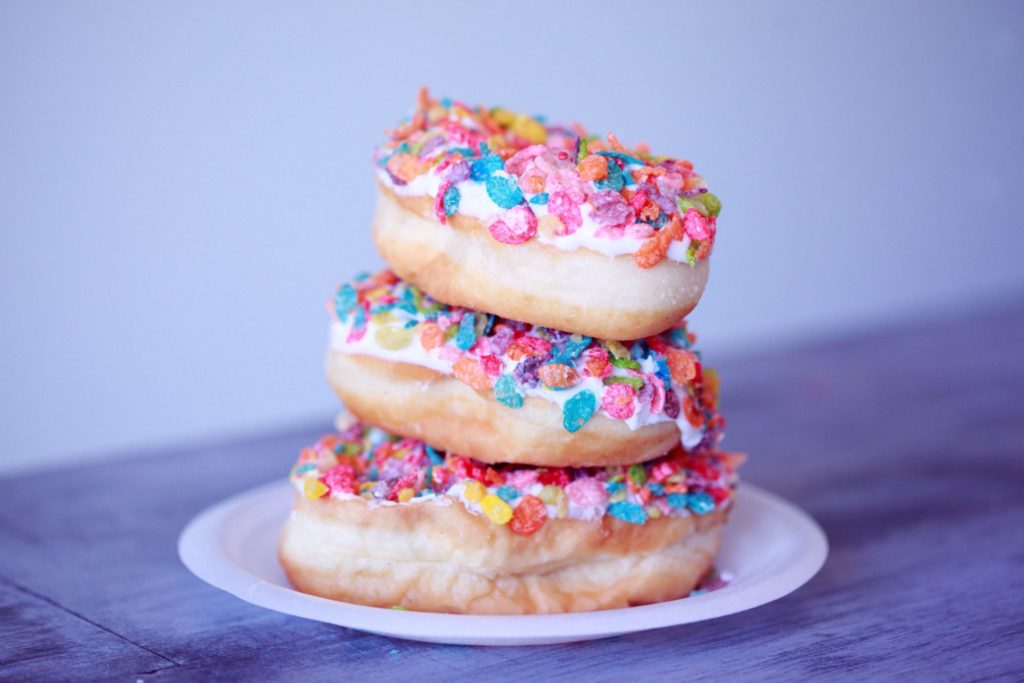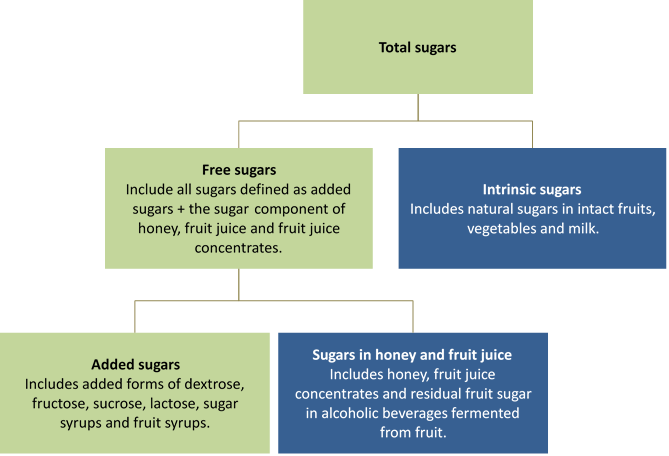
8 Easy Ways to Limit Sugar
Don’t be mean mummy, I want chocolate!
Sigh …as parents, it can be tough. But when it comes to sugar I really believe we need to stand strong! The science is clear: too much sugar is dangerous. We are absolutely not depriving our children if we limit their intake.
Is all sugar bad?
No. Children use sugar in the form of glucose for energy. So what sugar am I referring to? The sugars most to blame are the free sugars. Free sugars are sugars artificially added to foods and includes honey and fruit juice.

When is sugar bad?
A meal containing sugar stimulates your pancreas to secrete insulin that helps move glucose into cells to be used for energy. This is good. When children eat too much sugar or the wrong kinds of sugar, it overwhelms this mechanism for managing it safely. This is bad as it leads to increased fat storage, liver disease (similar to what alcoholics get) and insulin resistance also known as pre-diabetes. Sugar has played a major role in the high rates of obesity in children. Did you know that 1 in 4 children in Australia are overweight or obese? Frightening!
Diets high in sugars have also been linked to mood disorders like depression and anxiety. And if this wasn’t enough, sugar acts directly on pleasure centres in the brain by increasing levels of dopamine which is a neurotransmitter linked to addiction. This is part of the reason that sugar is so hard to resist.
Being aware of the dangers of sugar is just the first step, the next huge one is knowing how to limit it. Sugar is literally everywhere! Free sugars are hidden in almost every processed food from the obvious lollies and cookies to the surprising savoury foods like bread, ketchup and olives. It’s a cheap and effective food preservative that makes food tasty and craveable. Of course food manufacturers use it!
So it’s no surprise that children are consistently exceeding the recommended intakes.
Recommended intake of free sugar:
0-2 years old: no added sugars
2-18 years old: <25g (6 teaspoons)/day
1 teaspoon of sugar = 4 grams
These are guidelines that were developed by the American Academy of Pediatrics and the American Heart Association. I think it’s easier to visualise and implement than the Australian recommendation of <10% daily caloric intake but it’s comparable.
So now that I’ve frightened you, let me reassure you. You can decrease your child’s sugar intake. Even if they turn into a fire-spitting demon, please don’t give up. It’s absolutely possible to retrain their taste buds. You know your child best and you can either go cold turkey or slowly decrease it. Be aware that they can have ‘withdrawals’ like headaches, tiredness, irritability, tummy upset or poor sleep.
8 easy ways to limit sugar:
- Choose water as their main drink. Limit or avoid any sugary drinks like soft drinks, fruit juice, energy drinks or coconut water
- Make sure they’re hydrated. Sometimes kids crave sugar when they’re actually just thirsty (or even if they’re just tired).
- Read labels! This is so important. Look at nutrition panels and remember to limit to 25g/day. A “low sugar food” will have <5g/100g or <2.5g/100ml. If there’s no nutrition panel a simple tip is: the higher up that sugar is listed in the ingredients, the higher the content.
- Don’t have it at home. If there’s no junk food at home the only option becomes a healthy one 🙂
- Get into the kitchen and make lower sugar alternatives. You can usually just decrease added sugars in recipes or find lower sugar alternatives.
- Fill up on healthy foods before going to parties so your child arrives with a smaller appetite.
- Allow small amounts. I do not believe in banning foods as I find this only makes children want them more! So allow your child to have small amounts as an occasional food.
- Educate your child so they understand why sugar is bad or even better how healthy food makes their bodies and brains strong and powerful!
